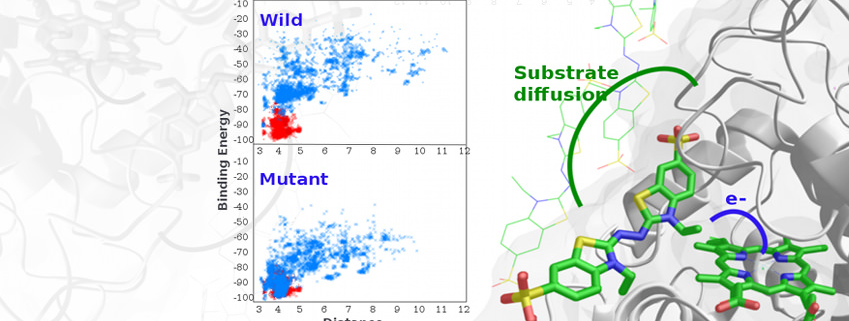Enzymatic Catalysis, Catalytic Mechanisms 10| Tulane
Enzymatic Catalysis, Catalytic Mechanisms
1.General Properties of Enzymes
2.Activation Energy and the Reaction Coordinate
3.Catalytic Mechanisms4.Serine Proteases (pp. 342-347)
- Give examples of various levels of substrate specificity, and explain specificity differences exhibited by serine proteases
- Give examples of reactions that utilize coenzymes NAD, FAD, Coenzyme A, and lipoic acid (metabolism lectures), and specify the role of the coenzyme
- Describe catalysis in terms of a reaction-coordinate energy diagram
- Classify enzymes by type of reaction
- Explain catalysis by enzymes in terms of chemical mechanisms
- Elaborate the catalytic mechanism of a chymotrypsin
- Explain divergent and convergent evolution
- Discuss the similarity of primary structure vs. tertiary structure in proteins as evidence supporting the existence of homology
Enzymes differ from chemical catalysts
- rates↑; Reaction specifity↑
- Mider reaction conditions
- Capacity for regulation
How Enzymes Work
- trhough the foramtion of weak bonds between the enzyem and the substrate.
- help arrange the substrate in a position favorable for reaction
Catalysis by Transition-state Stabilization
CH_3_ than H, rate increased 315 times: transition-state stabilization
Carbon -> Aceessi for the hydroxyl group;
L-Proline → [Planar transition stte] → D-Proline
L-Proline : 109.5°; transition state: 20°
I have no chemical background, so go on hell
I am so tird. Thats increadible. Let’s keep type so I do fall into sleep.
alkane → ahlcohole → aldchyl → Exrebexyl
R-CH₃ → R - CH₂OH → R-CH=O → R-C=C=H
Substrate Specificity
- Lock Key model:
- Hexokinase: 6C sugure, glucose, very specifics.
- Founder: Fisher (Projection)
- Enzyme distinguish different sugar model
- Something like Ahlcohole Dehydrase methanol, Ethanol
- Methanol → Carboxyl acid (toxity)
- Drinking Ethanol to inhibitor Methanol metabolism
Example of “high” specificity (stereospecificity)
Citrate ←(Aconitase)→ Isocitrate
Enzyme is so large to interacte with the complex.
If you rotated the molecue,
Example of “low” specificity (geometric)
Chymotrypsin:
- Peptide:
RCO::NHR' + H₂O → RCOO¯ + H₃N⁺R' - Ester:
RCO::OR' + H₂O → RCOO¯ + HOR' + H¯
Trypsin; Elastase
Example of enzyme that uses a coenzyme/cosubstrate
Ethano ←(ADH)→ Acetaldehyde
Adenosine: Oxidized Form ←→ Reduced Form
NAD⁺ \ NADP⁺
VB, whichi needs by Mitochondria: nicotinamide riboside
As aging, the VB gets low, supply in precouser to aging mouse, mitochondria could,
In humane: hearing lost in loud noise rescue.
Acid-base Catatlysis
| Keto → | Transition state | → Enol |
|---|---|---|
| Form 1 | ||
| Form 2 + Acide | ||
| Form 3 + Base |
Different forms has difference entropy.
 |
|---|
| © Britannica |
Covalent Catatlysis
 |
|---|
| © smu.edu |
Metal Ion Catalysis
Zn Coordinate with His to do complex things.
Catalysis by Proximity and Orientation
Catalytic triad of chymotrypsin and other serine proteases
Serine protease mechanism (Exam)
Imtermider: not transition state, it is physical, detactable, and exist.S
 |
|---|
| © Maya Topf and W. Graham Richards |
🐶 🐔
.
Enzymatic Catalysis, Catalytic Mechanisms 10| Tulane
https://karobben.github.io/2021/10/08/LearnNotes/tulane-biochem-10/









